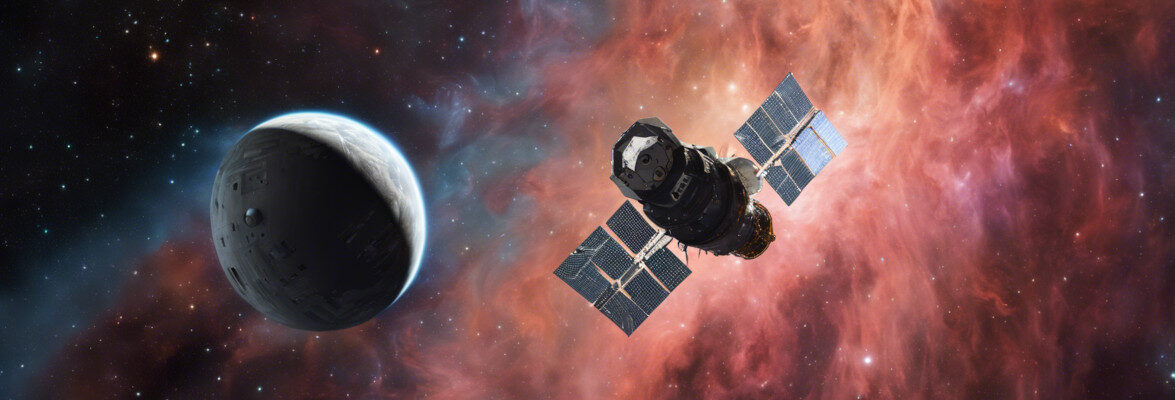
A few hours ago a Soyuz rocket was launched from the Kourou base, in French Guiana. After about 23 minutes the Cosmo-SkyMed Second Generation satellite successfully separated from the rocket’s Fregat last stage. About 85 minutes after the launch, the CHEOPS space telescope successfully separated from the rocket’s Fregat last stage.
The COSMO-SkyMed Second Generation satellite is the first of a constellation of two satellites that aims to replace the first generation’s four satellites. It’s a system of radar satellites for the territory observation, the result of a collaboration between the Italian Space Agency and the Italian Ministry of Defense.
The purpose of ESA’s CHEOPS (Characterizing ExOPlanets Satellite) space telescope is to conduct follow-up study of exoplanets using the transit method, which means observing the ones that pass in front of their star.
In this decade we’ve got used to continuous discoveries of exoplanets, in large part thanks to space telescopes that in some cases were designed precisely to look for them. CHEOPS has a different purpose because it’s not a planet hunter but its purpose is to study exoplanets already identified with a size between the Earth’s and Neptune’s. It’s a very common category of planets but there are cases in which there are not enough information even to say with certainty whether they’re super-Earths, therefore rocky planets, or mini-Neptunes, therefore gas planets. CHEOPS will be able to observe the transit of exoplanets in front of their own star to measure their size with great precision, a piece of data to be combined with others measured in other ways to calculate their density accurately.
The CHEOPS space telescope isn’t equipped with a spectrograph capable of studying the observed exoplanets’ possible atmosphere. However, the accuracy in its detections may still help to assess the existence of an atmosphere and its possible properties such as the presence of clouds. In some cases, CHEOPS could detect traces of the presence of moons, one of the current frontiers of astronomy, and of rings around an exoplanet.
Actually, the CHEOPS space telescope is expected to also make some discoveries in the course of its observations. In some cases it will be possible to detect traces of exoplanets in addition to the ones it’s observing, but in some cases some approaches will be tried to discover new exoplanets in already known star systems.
The instrument that will be used for the CHEOPS mission is a Ritchey-Chrétien telescope with a diameter of 32 centimeters. It’s a small telescope but it was build with a sensitivity adequate to do its job. The spacecraft that contains it is also relatively small, with a mass less than 300 kg.
From its Sun-synchronous orbit at an altitude of about 700 kilometers, the CHEOPS space telescope will go through the test phase normal for every satellite and will then begin its primary mission, of the expected duration of 3.5 years. Its observations will also be useful to find the best candidates for further studies with other instruments that will be activated in the coming years such as the James Webb space telescope. The mission will also be useful in the development of ESA’s next exoplanet hunter, PLATO (PLAnetary Transits and Oscillations of Stars), which is expected to be launched in 2026.



Permalink
Permalink